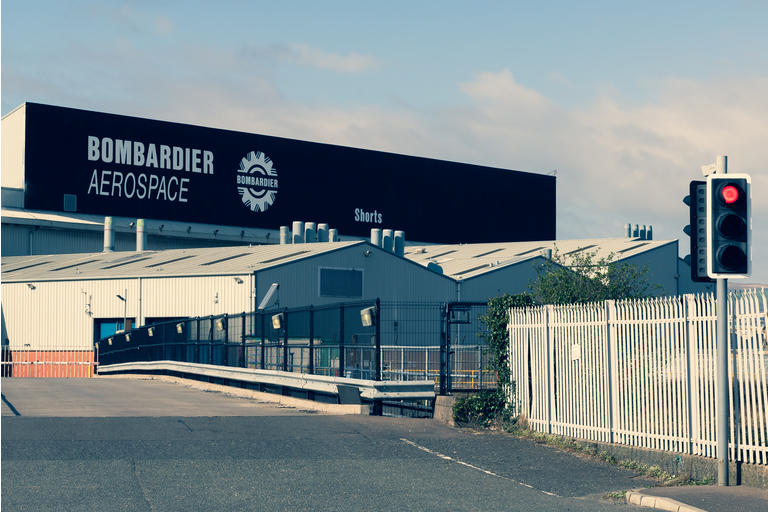 Photo by Niall_Majury/iStock Unreleased via Getty Images
Photo by Niall_Majury/iStock Unreleased via Getty Images
Background
To call the past one year challenging would be an understatement to the turbulence that corporations and people have had to face during this period. Whilst the COVID pandemic created opportunities for tech firms, it has left the commercial aerospace industry reeling owing to a decrease in travel demand owing to travel restrictions and a perceived lack of corporate profits (more on this later)
Bombardier Inc. (OTCQX:BDRBF), one such commercial and business jet manufacturer, has capitalized on the opportunity provided by COVID-19 to streamline its business and focus entirely on building business aviation aircraft. These recent developments, which culminated in the recent sale of the transport unit to Alstrom, however, have created a fresh wave of speculation over the company and whether its stock is presently undervalued.
Investment Thesis
Travel restrictions and COVID have severely impeded leisure and business travel across the globe, thus drying up revenue streams for airlines, and commercial aircraft manufacturers due to decreased travel demand and cancellation of manufacturing orders respectively.
The IATA, an association of world airlines, has also recently downgraded the airline industry's recovery projections thereby increasing assumptions of a reduced demand for purchase and manufacture of new aircraft.
However, unlike current market sentiment, business aviation has belied expectations and remained fairly strong, with aircraft departures down by 19% (compared to the 55% of commercial aviation).
In fact, business jet charters for March 2021 were 30% higher than March 2020 and 8% lower than March 2019. In tandem with BDRBFs focus on and expertise at being a pure-play business jet manufacturer, the company is well set up to achieving profitability. Unfortunately, these prospects are being drowned out amidst the noise of the many follies of the company and how it is doomed for the gallows.
I believe that with the right corporate governance, Bombardier can use this opportunity to recover and strengthen its position as a leading business jet manufacturer.
Video 1 - Charles Alcock from AIN discussing the Outlook for Business Aviation
Company History
Bombardier Inc. has its genesis in a tragedy faced by its founder Joseph Bombardier, who was unable to transport his ailing family member to the hospital because of a massive blizzard. The company started off as a snowmobile and recreational equipment manufacturer before moving into transportation and aviation.
Recent Disposals and Downsizing
Bombardier has not posted a profit since FY2018 and has used the COVID pandemic to downsize its loss-making business units recently. A summary of its Business Disposal are:
- Transfer of ACLP (A220 Program) to Airbus and the Government of Quebec in Feb 2020 for $591M
- Sale of the CRJ program to Mitsubishi Heavy Industries in June 2020 for $585M
- Sale of aero structure facilities in the US, UK, and Morocco for $257M
- Disposal of its transportation segment for net proceeds of $3.6B completed in Jan 2021
At present, the company is focusing on the design and manufacture of medium and heavy business aircraft. It has also recently announced the closure of its Learjet program.
Financial and Business Status
The company generated revenues of $6.5B in FY20 with 114 aircraft deliveries for an estimated ASP of $49M per aircraft. Bombardier has also enjoyed a book-to-bill ratio of 1.05 over the last five years.
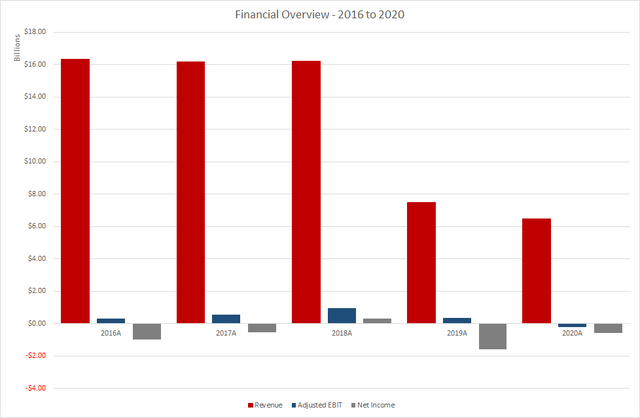
Chart 1 - Bombardier Financial Overview. Source - 10K Company Filings
However, even aggressive accounting policies, which recognized a one-time revenue of $1.2B, were not able to mask a loss of $213M leading to a negative EPS of $0.24.
The company is also heavily leveraged with close to $10B on its balance sheet of which $1.5B is due next year.
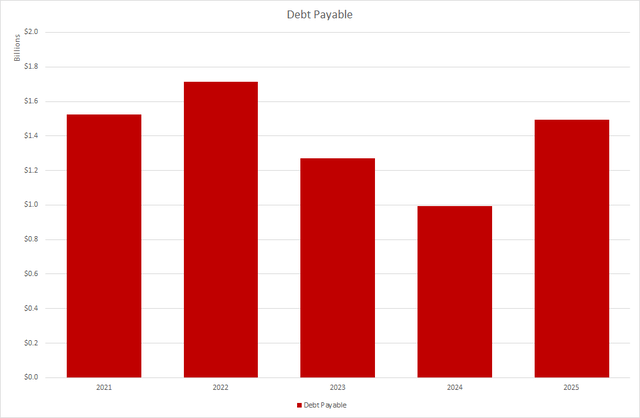
Chart 2 - Debt Schedule (Bombardier Inc.). Source - 10K Company Filings
Forward Guidance
As mentioned, the management envisages the company to be a pure-play business jet manufacturer and wants to achieve free cash flows of $500M by FY 2025. The management also believes that they will be able to improve their margins to boast 20% EBITDA margin and also cost reductions by over 20% owing to the ability to scale the manufacturing process of the Global 7500 aircraft.
Although the guidance looks promising with a revenue of $7.5B in 2025, it is worth mentioning that the company has failed to achieve its management guidance 50% of the time in the last five years, most glaring of which are the statements by management of targeting a revenue of $20B and deleveraging the balance sheet by 2020. Taking this guidance into account, let's look at the company fundamentals and try to arrive at an intrinsic value for its common stock.
Company Valuation
I built a DCF model to value the common stock of the company. The revenues were driven by forecasts of the number of aircraft deliveries by the company. Further, a total of three scenarios (Bull, Consensus, Bear) were created, which were then used to run probability weighted Monte Carlo simulations to arrive at the expected price of a share. A safety margin of 25% was used.

Image 1 - Intrinsic Value of Common Stock. Source - Sanket Karve
Scenario Summary
I based the Bull and Bear scenarios around the guidance issued by the company's management. The success (or lack of) by the management to achieve their targets was priced into the scenario probabilities, depending on the historical performance by the company.
The summary of the various scenarios can be seen in the below chart. Note that the consensus reflects the management's expectations for the year 2025.
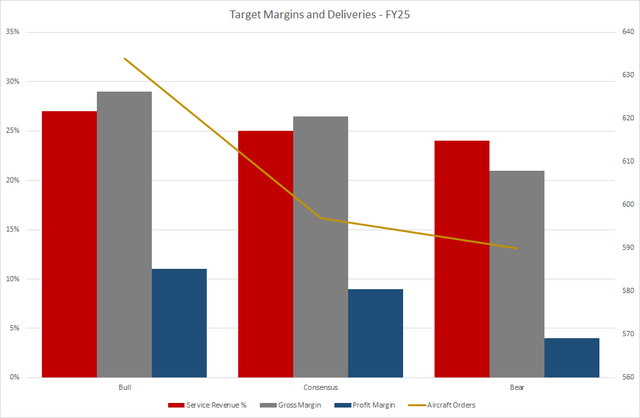
Chart 3 - Target Margins by 2025. Source - 10K Company Filings, Sanket Karve
Calculations Summary (WACC, Beta, and Exit Multiple)
I calculated the WACC for Bombardier by using the weighted average cost of preferred shares, debt, and common equity. Whilst Bloomberg indicates the WACC for the stock to be around 4%, my own analysis indicates is at present to be at 6.09%. A median exit multiple (EV/EBITDA) of 16.82x was used in tandem with a growth rate of 1.67% and the average of both was used as the terminal value for the company.
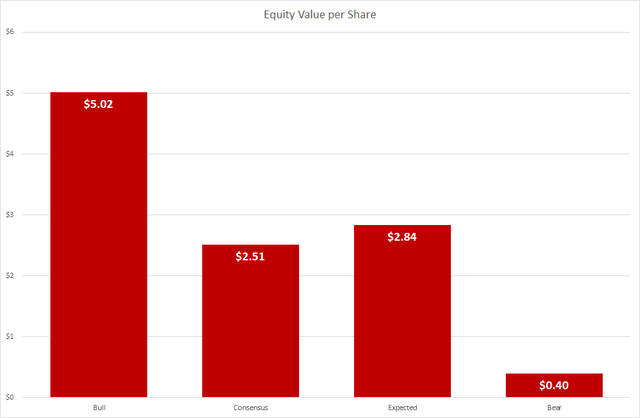
Chart 4 - Estimated Equity Value per Share. Source - Sanket Karve
I believe that the company's common stock is worth $2.84, and thus has a large potential upside. It is imperative to note however, that this valuation includes both - class A (with 10 votes) and class B (1 vote) shares. In the last two years, the class A shares have traded at an approximate 20% premium to the class B shares
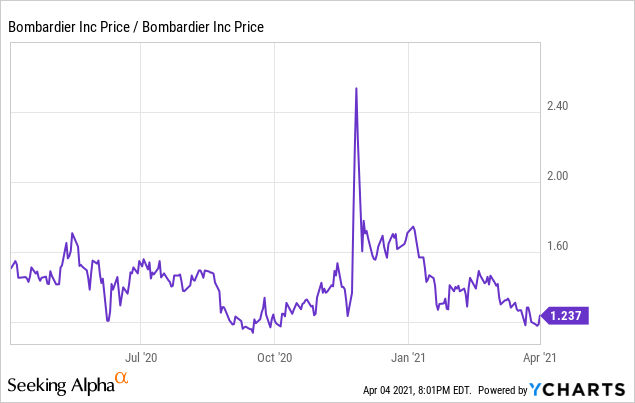 Data by YCharts
Data by YCharts
Chart 5 - Class A Shares / Class B Shares Ratio. Source - Seeking Alpha with data from YCharts
Strengths
Strong Product Portfolio
Bombardier possesses a strong aircraft portfolio and is now focusing on its medium and heavy/large jets, where it already enjoys a market share of 41% and 37% respectively. It is also critical to mention that medium and large jets drive the majority of the revenue generated by business aircraft sales, and thus this will allow Bombardier to improve its gross margins by doubling production of a limited portfolio. As per Wright's Law, a former aerospace engineer, there should exist cost savings of up to 20-25% for doubling of capacity.
These factors should allow Bombardier to maintain its stronghold in the market and thus generate its target revenues by FY25
Stability of Business Aviation
Business aviation as a business has proven to be more steady than commercial aviation markets during the pandemic and have also recovered faster. This bodes well for the company which may expect a larger number of orders in the near future.
Further, a quick analysis indicates that within the last two decades, every recession has coincided with a huge surge in the earnings of corporations. Although paradoxical, perhaps recessions allow companies to streamline their operations (aka layoff unlucky employees) and thus reduce unwanted costs and improve productivity.
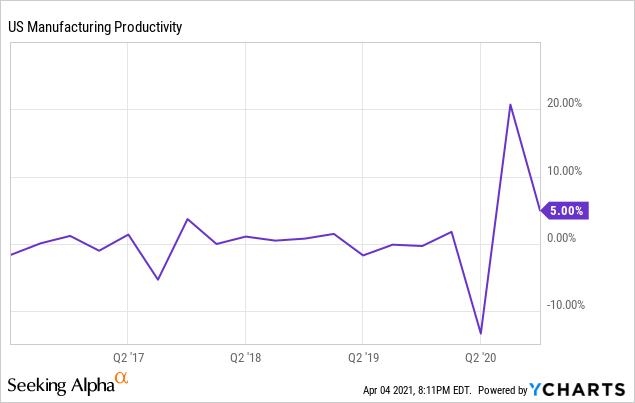 Data by YCharts
Data by YCharts
Chart 6 - Increase in Productivity during COVID-19. Source - Seeking Alpha with data from YCharts
The above chart confirms this explanation of productivity. Lastly, a comparison of corporate profits vs business jet deliveries may prove that companies tend to place orders for business jets when they expect a strong earnings season. Considering the propulsion of profits by the COVID pandemic to the tech sector and some other companies, this indicates a bright future for Bombardier (see chart below)
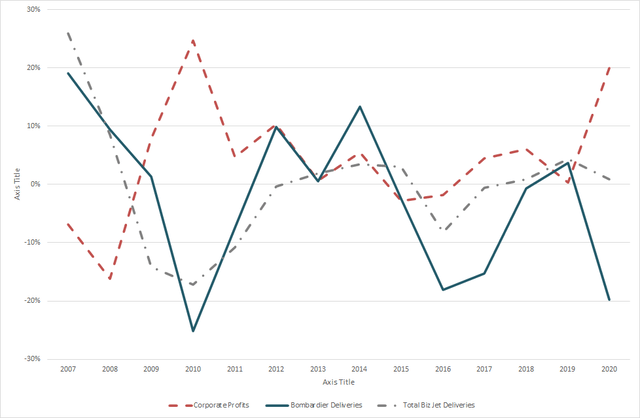
Chart 7 - Comparing Corporate Profits vs Business Jet Deliveries. Source - Federal Bank of St. Louis, Sanket Karve
As we can see, a drop in deliveries coincides with high corporate profits with a rise in the deliveries immediately after. The present trough coupled with the steadfast nature of the business may indicate an increasing number of order placements for the company.
Risks
Leveraged Balance Sheet
Bombardier has taken on massive amounts of debt (~$10B) and previous efforts to deleverage have been in vain. Management will have to plan astute refinancing moves which will allow the company to reduce its interest payment by paying off its debt as soon as possible. This objective takes highest precedence as even the cash flows generated in a Bull scenario will not be enough to pay off the debts on time.
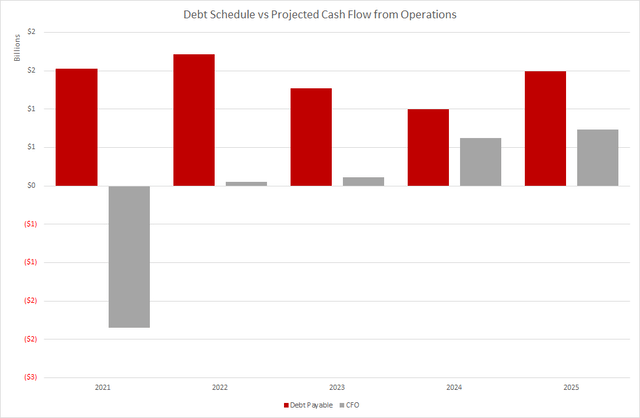
Chart 8 - Debt Repayment Schedule vs Projected CFO. Source - Sanket Karve
Aggressive Accounting and Insider Holdings
Even aggresive accounting methods in the past have not allowed the company to post profits. Most notable is the company's propensity to include one-time sales in its income from operations, as well as Bombardier regularly paying out a large number of dividends to its preferred shareholders (who are family). Some may construe this as embezzlement of cash for personal gain. For context, the company has paid out a total of $94M in dividends with net losses exceeding $3B over the last five years.
Conclusion - A Cautiously Optimistic Proposition
Although the company does have a leveraged balance sheet and uses aggressive accounting, it is my belief that management's decision to pivot to becoming a business aviation pure-play is a masterstroke, especially with its timing.
If the company can strategically refinance and pay off its debt and continue to optimize its margins, the engineering excellence of Bombardier jets will allow the company to realize higher than expected profits in the next five years.
Overall, I am fairly bullish on this stock and feel that it is a purchase for investors with an investment horizon of 3-5 years and an above-average risk appetite.